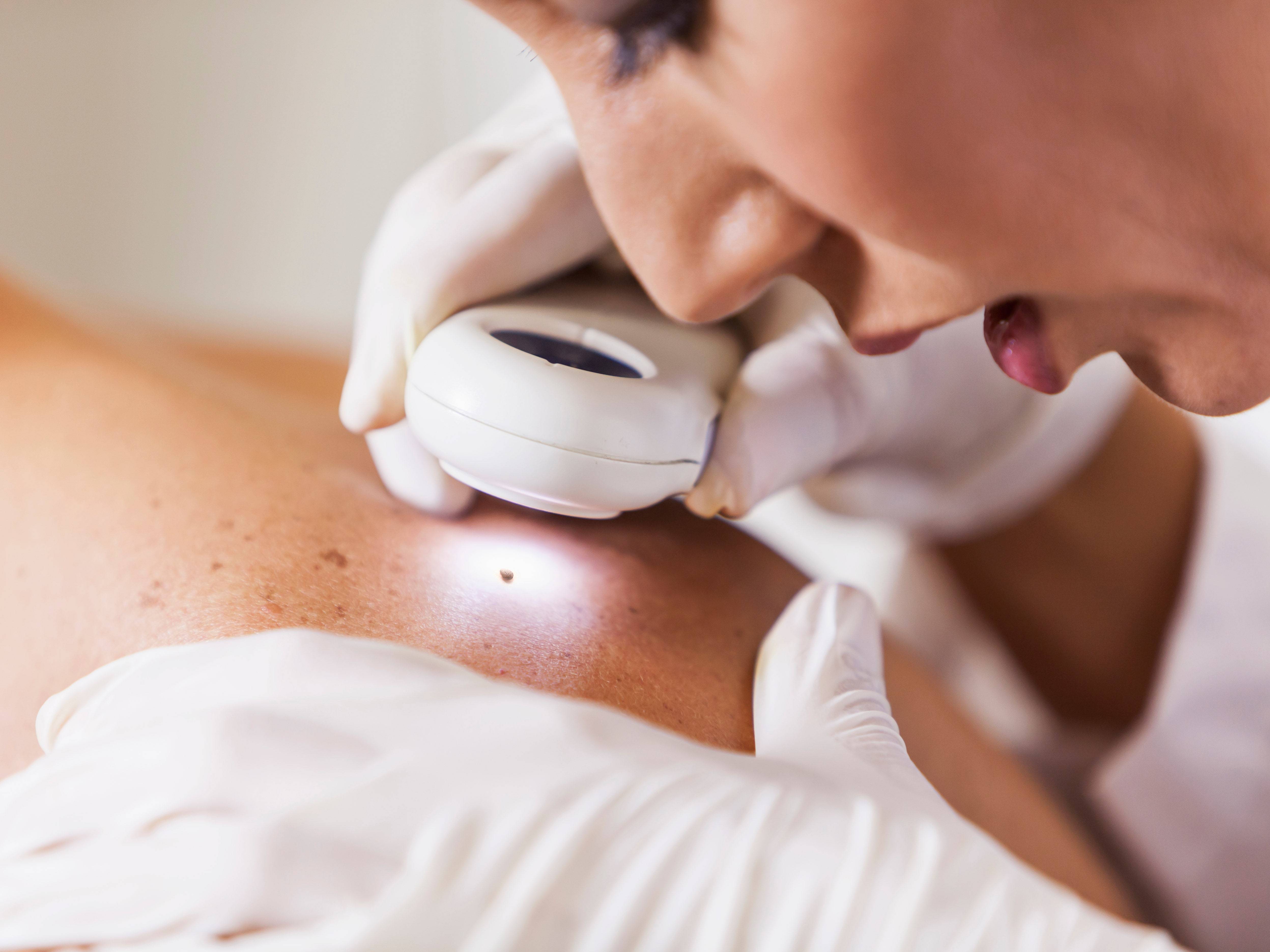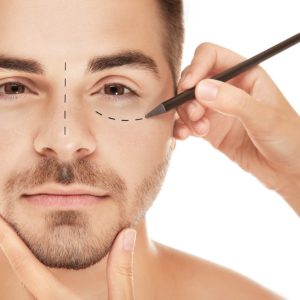
You have many choices if you are looking to undergo a Seattle facelift. Nonsurgical treatments are available at many Seattle cosmetic surgery centers, such as microdermabrasion, laser hair reduction, and spider vein treatment. Combining several treatments can save you money and cut down on the number of office visits and anesthesiologist's fees. You might want to look into other cosmetic procedures if you're considering a facelift in Seattle.
Mini facelift
Dr. Santos holds the title of a board certified facial surgeon and a double-board certification as a cosmetic surgeon. He has performed thousands of facelifts and mini facelifts, and is consistently ranked among the best plastic surgeons in the country. During your consultation, you will discuss your goals and answer your questions. He may recommend dermal Fillers or other methods for rejuvenation to improve the results of your mini facial lift.
Cost of a facelift will vary depending on the type and extent of the procedure. It appears that there is a large geographic variation in the cost for a facelift. Dr. Ridgway offers consultations if you're located in Seattle, Bellevue or other areas. He is board certified and can provide consultations. He will examine your facial structure and discuss your options for surgery. He will also answer questions you might have about the procedure like insurance or financing.

Deep plane facelift
Deep plane facelifts are a type of surgery that removes the SMAS layer from the face. It also creates a new plane above the facial nerves and other deeper structures. This type of facelift removes excess hair and cuts the SMAS. Then, the ligaments that hold your face in place are released. The results last between ten and fifteen years. A deep plane facelift is a great option for patients seeking a youthful appearance with minimal downtime.
A deep plane facelift is a great option for those who want to achieve a natural-looking outcome without the need for extensive surgery. This type of surgery targets the midface and treats neck aging. This type of surgery requires an experienced surgeon with a thorough knowledge of facial anatomy. Dr. Hessler is a double board-certified facial plastic surgeon who performs the procedure in Seattle and the surrounding areas.
Facelift for SMAS
An SMAS facelift is a type of cosmetic surgery that involves manipulating a group of muscles underneath the skin. These muscles are known as the superficial-musculoaponeurotic systems (SMAS). They are responsible to facial expressions. The surgeon makes incisions near the hairline and just below the earlobe. This allows them to separate the skin from the tissues underneath, and then tighten them back to the desired position.
The majority of SMAS facials are performed under general anesthesia. Therefore, you will not feel pain. You should arrange for someone to be there with you during the procedure. This is because you can't drive yourself home after the procedure. General anesthesia takes more preparation. This is why patients often choose a Seattle surgeon for general anesthesia. However, the benefits of this procedure are well worth the risks. Seattle SMAS facelifts are an excellent way of rejuvenating your facial appearance.

Endoscopic facial lift
Endoscopic facial surgery is a form of cosmetic surgery that provides many of the same rejuvenating benefits of a traditional facelift, but with less pain and a shorter recovery period. To access difficult-to reach areas below the skin's surface, it uses a thin, lighted tube called the endoscope. The cosmetic surgeon can make small, discreet incisions in the natural skin creases to allow them to treat these areas without leaving scarring.
Dr. Santos will evaluate the patient before any type of surgery. He will determine which features must be fixed and which parts of his face will remain unaltered. Once he has established the right criteria, Dr. Santos will create a personalized treatment plan that meets the patient's needs. This plan may include an incision location, the type of facial rejuvenation surgery and the type of anesthesia used. Facelift candidates are typically between 50-65 years old, when advanced signs of aging can occur. Patients between 50 and 65 years old are typically in good physical health, with no significant health problems that could affect their recovery.